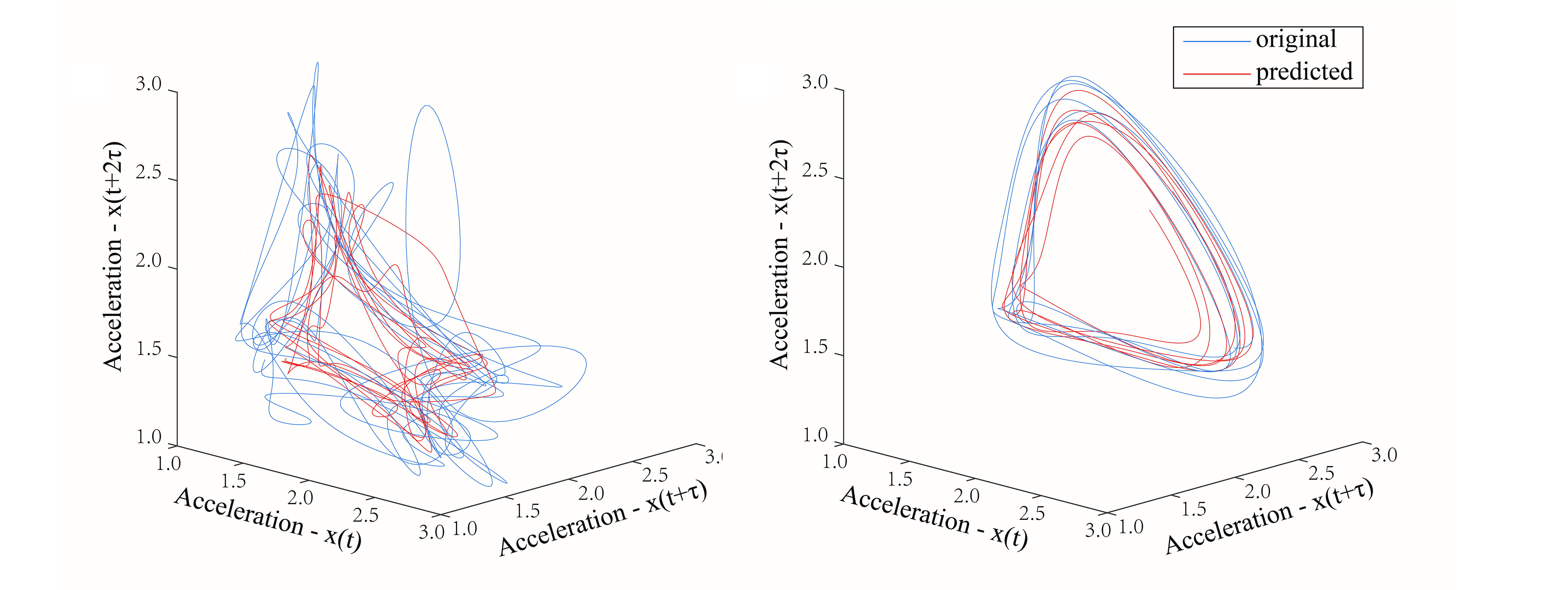It’s not easy to distinguish between the dozens of subtypes of limb girdle muscular dystrophy — a rare, genetic muscle disease characterized by weakness in the hips and shoulders that causes difficulty walking and lifting the arms.
Tag: Muscular Dystrophy
Blocking an Ion Channel Improves Muscle Function and Survival in Mice with Severe Duchenne Muscular Dystrophy
Researchers at Johns Hopkins Medicine report that an experimental drug first developed to treat kidney disease prolongs survival and improves muscle function in mice genetically engineered to develop a severe form of Duchenne muscular dystrophy (DMD).
Mayo Clinic Healthcare expert explains when swallowing issues are more than an accident
Many people have experienced the discomfort of food or a beverage accidentally going to the wrong place when swallowing. But swallowing issues sometimes become chronic and may be a sign of a health condition that should be treated.
Organoids Reveal Similarities Between Myotonic Dystrophy Type 1 & Rett Syndrome
Using brain organoids, UC San Diego researchers discover mutational commonalities between muscular dystrophy type 1 and Rett syndrome, suggesting the potential of a similar treatment for both.
Piezo1 Possible Key to Supporting Muscle Regeneration in Duchenne Muscular Dystrophy
Tracing the impact of a single protein, Piezo1, Penn researchers found that restoring it in muscles affected by Duchenne muscular dystrophy could improve their ability to heal efficiently
Protein Deficiency Impairs Muscle Clock, Mitochondrial Function in Muscular Dystrophy
Article title: Dystrophin deficiency disrupts muscle clock expression and mitochondrial quality control in mdx mice Authors: Justin P. Hardee, Marissa K. Caldow, Audrey S.M. Chan, Stuart K. Plenderleith, Jennifer Trieu, Rene Koopman, Gordon S. Lynch From the authors: “These findings suggest that…

Enhanced Oral Uptake of Exosomes Opens Cell Therapy Alternative
Cell-derived exosomes are effective in treating disease when mixed with the dominant protein in breast milk and given orally, a new Smidt Heart Institute study of laboratory mice shows. The findings, published in the peer-reviewed Journal of Extracellular Vesicles, could help develop new oral medications for treating patients with muscular dystrophy and heart failure.
Scientists identify compound that stimulates muscle cells in mice
UCLA researchers have identified a compound that can reproduce the effect of exercise in muscle cells in mice. The findings are published today in the journal Cell Reports Medicine.

Releasing Brakes: Potential New Methods for Duchenne Muscular Dystrophy Therapies
Testing of small molecules in mouse models of Duchenne muscular dystrophy shows promise for restoration of muscle structure and function.

Duchenne Muscular Dystrophy Diagnosis Improved by Simple Accelerometers
Testing for Duchenne muscular dystrophy can require specialized equipment, invasive procedures and high expense, but measuring changes in muscle function and identifying compensatory walking gait could lead to earlier detection. This week in Chaos, researchers present a relative coupling coefficient, which can be used to quantify the factors involved in the human gait and more accurately screen for the disorder. They measured movements of different parts of the body in test subjects, viewing the body as a kinematic chain.
Heart-Function Protein May Help Muscular Dystrophy Patients Live Longer
A Rutgers-led team may have found the key to preventing Duchenne muscular dystrophy (DMD)-related heart disease, the leading cause of death in patients living with the disease